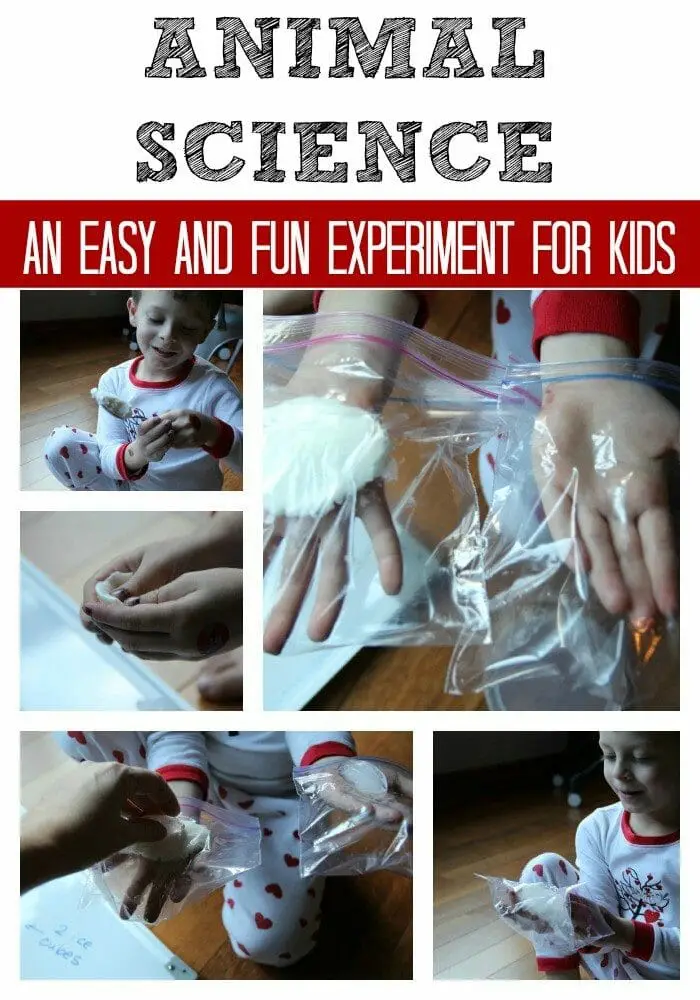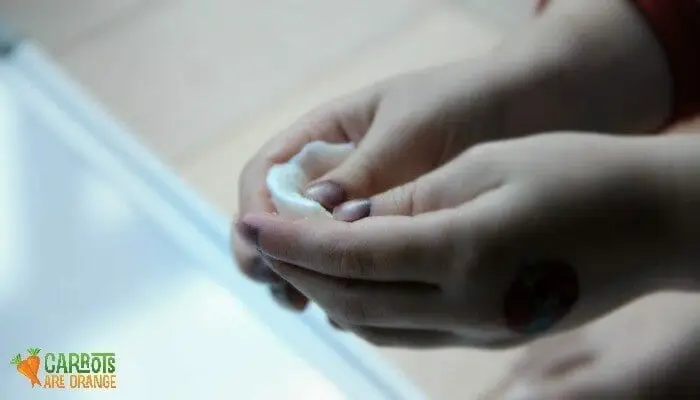I earn commissions from my affiliated links. Please see my disclosure policy for more details.
Do you have a preschooler at home who loves all things related to science experiments? Then this Arctic animal-themed experiment is the perfect way to keep your little one entertained with an educational and fun activity!
In this simple experiment, your child will learn about six of the animals that inhabit the icy tundra of the Arctic while creating their own mini-habitat.
Through exploring how these animals survive in such extreme conditions, children can gain valuable insight into how certain species thrive in adverse environments and increase their appreciation for our beautiful natural world.
Like many four- and five-year-olds, my sons can't get enough of animals and animal science. Lately, their minds are all over winter and cold climate animals. Arctic animals are some of the coolest (ha!) out there and are super fun for learning with kids.
You name the animal. They are curious and want to learn more…
…and more…
and more.
So when my oldest son began asking questions about animals that live in the Arctic and why these animals don't get cold, I immediately thought about Steve Spangler's Blubber Gloves. So, I had to try this animal science experiment.
Easy & Fun Animal Science Experiment
Cold Climate Animals
The animals that live in the polar regions are fascinating to me. The birds and mammals that find a way to adapt are extraordinary. Below is a short list of a few well-known arctic animals.
- Arctic Fox
- Caribou
- Arctic Hare
- Spotted Seal
- Arctic Wolf
- Narwhal
- Beluga Whale
- Walrus
- Snowshoe Hare
- Snowy Owl
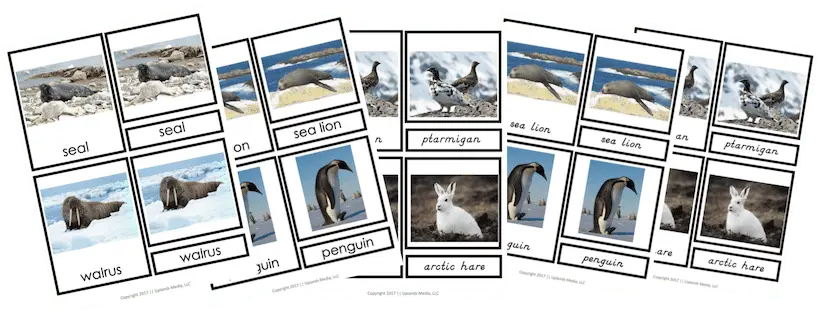
Animals of the Polar Region Set of 3-Part-Cards
I love Steve Spangler, and I love all his work. He is a fantastic resource, but I wasn't about to fill quart-sized plastic bags with shortening. I could see the shortening smeared on the bathroom mirror, on my sensory-seeking son's legs, arms, and face.
Don't get me wrong, I am all for messes but not on this particular day. I knew there had to be another way to get to an animal science experiment that would satisfy my sons' tactile desires and my hope to keep the shortening off our furniture.
Then I recalled a science experiment book we'd recently taken from the library called Janice VanCleave's Play and Find Out about Nature: Easy Experiments for Young Children. This book had a similar experiment (and many other fantastic and EASY science experiments for young children. I highly recommend it for animal science and all science learning.)
Animal Science Experiment

Materials for Animal of the Arctic Science Activity
- Spoon
- Shortening (the animal fat)
- Two plastic bags (the animal skin)
- Two ice cubes (the cold)
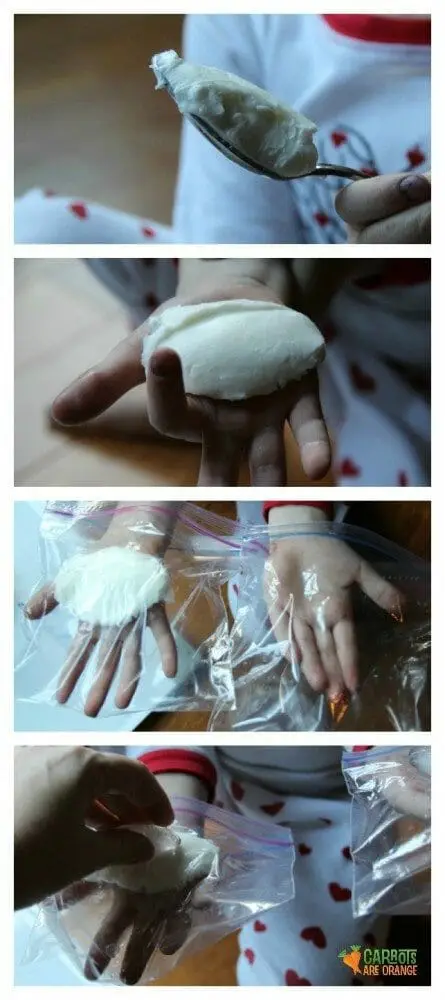
Approach to Animal Science Experiment
- Scoop out a tablespoon of shortening
- Put the shortening in the palm of your child's hand
- Place hands – on with shortening and one without shortening – in the sandwich bags
- Now comes the ice cubes or crushed ice. Place on the outside of the bags on each hand.
- Have the child hug the ice cube with his hand.
- What do you observe?
- Why does the shortening or fat keep the cold out?
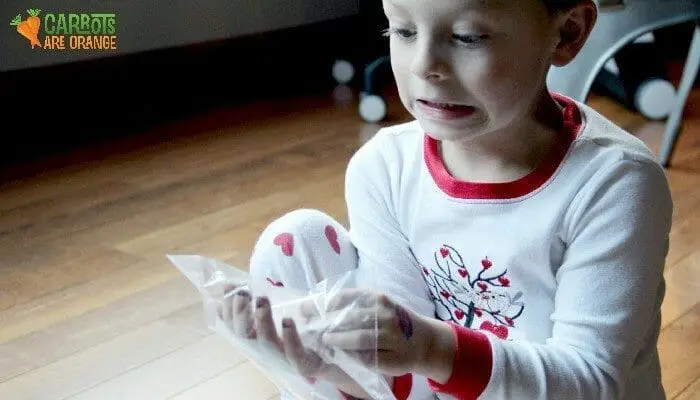
I love the look on my son's face here. I think he expected the ice cube to burn his skin with its coldness. That didn't happen.
Science Behind the Activity
Shortening is a fat that insulates the cold. It is a thermoregulator, which keeps the warmth in and the cold out. Think about the fat substance. It is dense, right? It has low thermal conductivity relative to water.
So, even when in super cold water, the fat maintains its temperature. Fat doesn't require a lot of blood supply, so blood stays closer to the skin's surface, the surface closest to the coldness.
Extensions to this Activity
- Use different substances like butter, cheese, yogurt, fabric, foil, cotton, etc. Make a chart or graph of the observations.
- Use the hands-on sensory experience as a starting point to write and illustrate a story.
- Use ice in other ways to experiment with melting, chipping, and painting.
- Arctic animal sorting activity
- Play and feel the shortening. Spread it on your hands. Run your hands underwater. What do you observe?
I hope you enjoyed this post today!
Marnie

